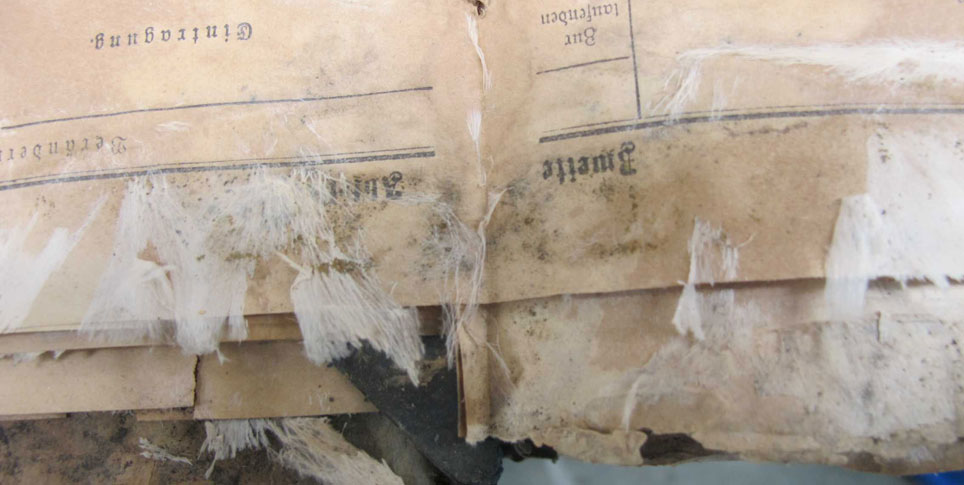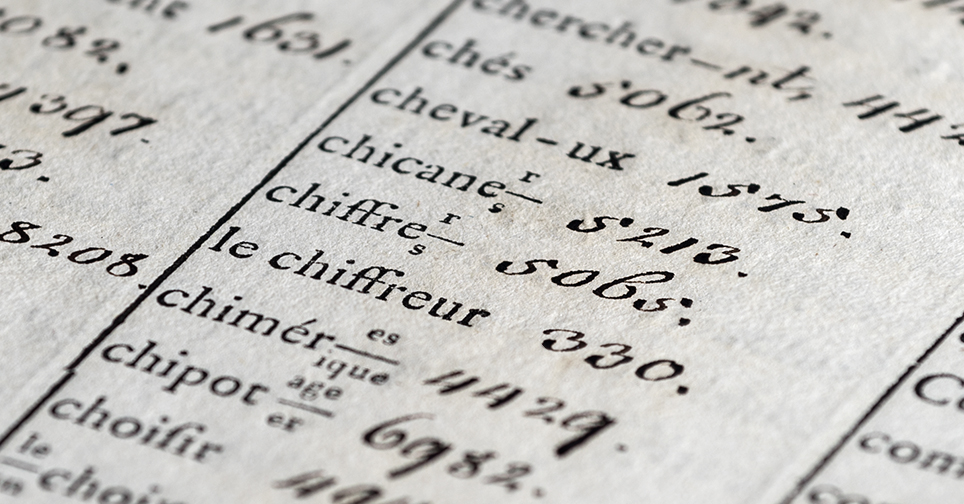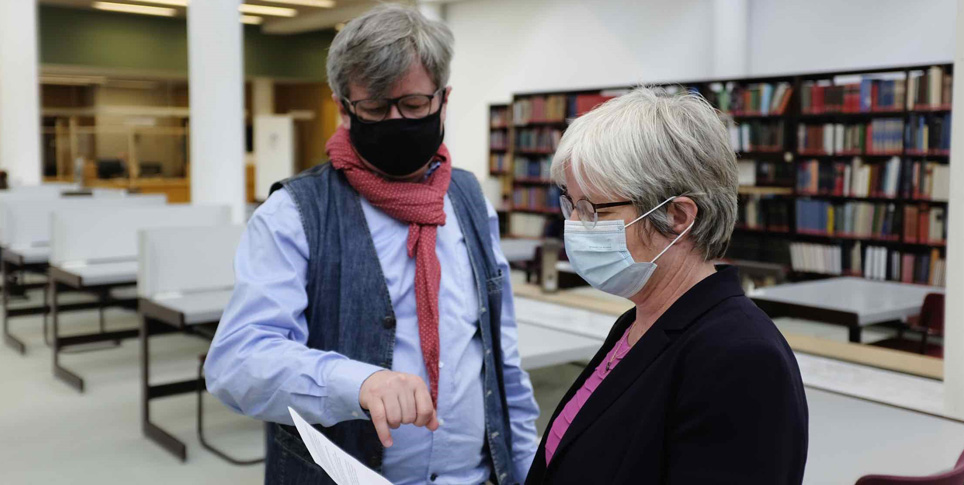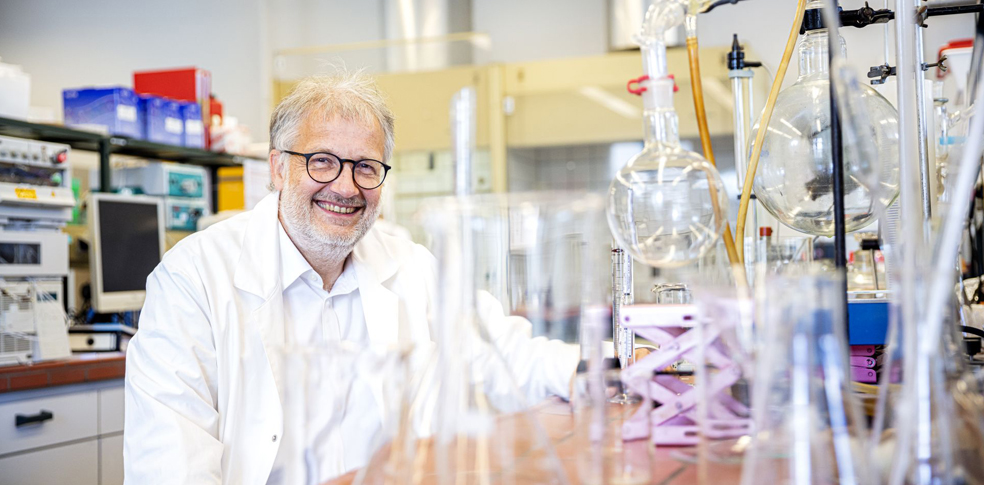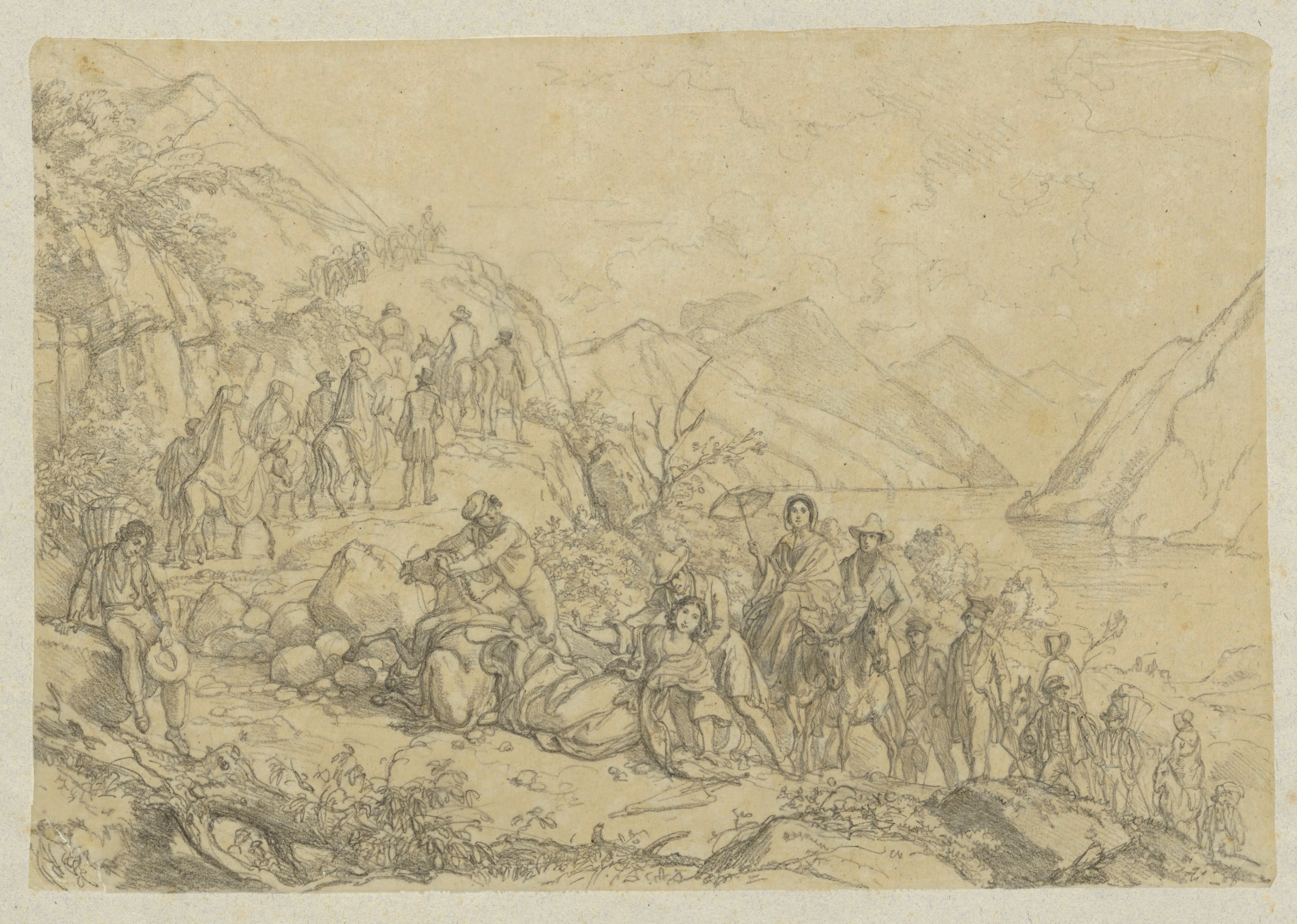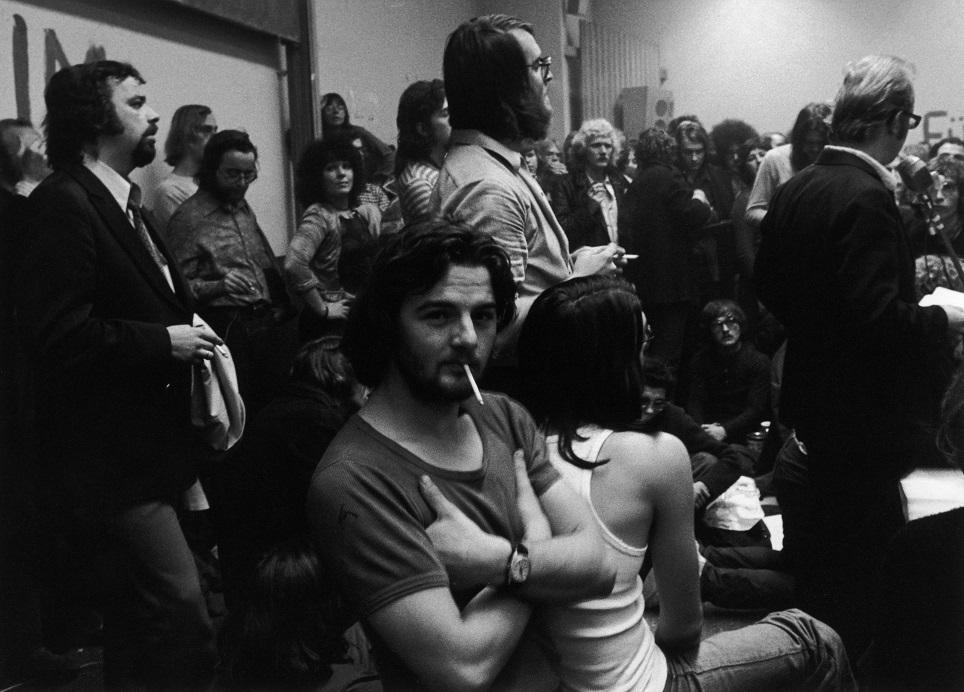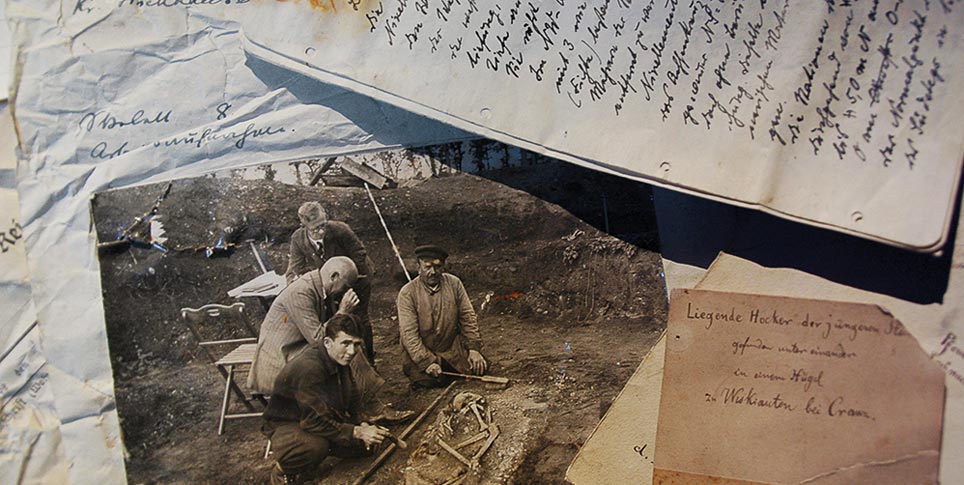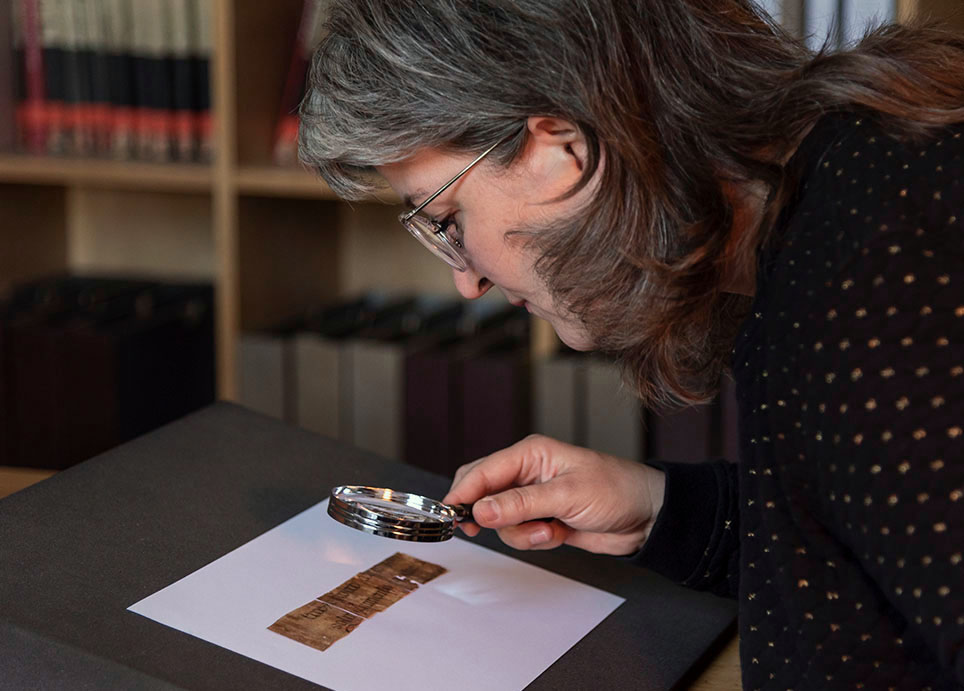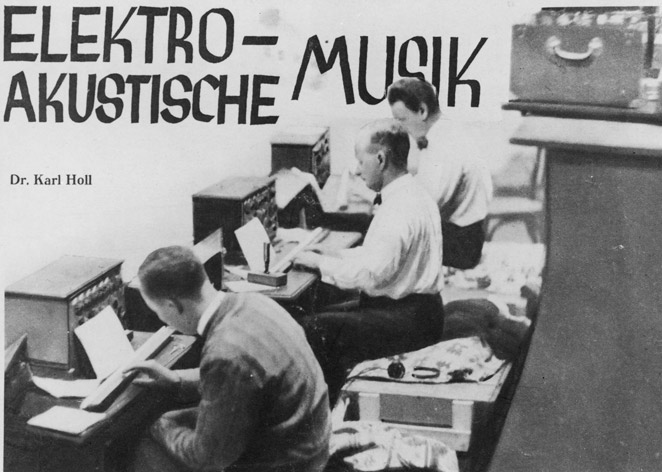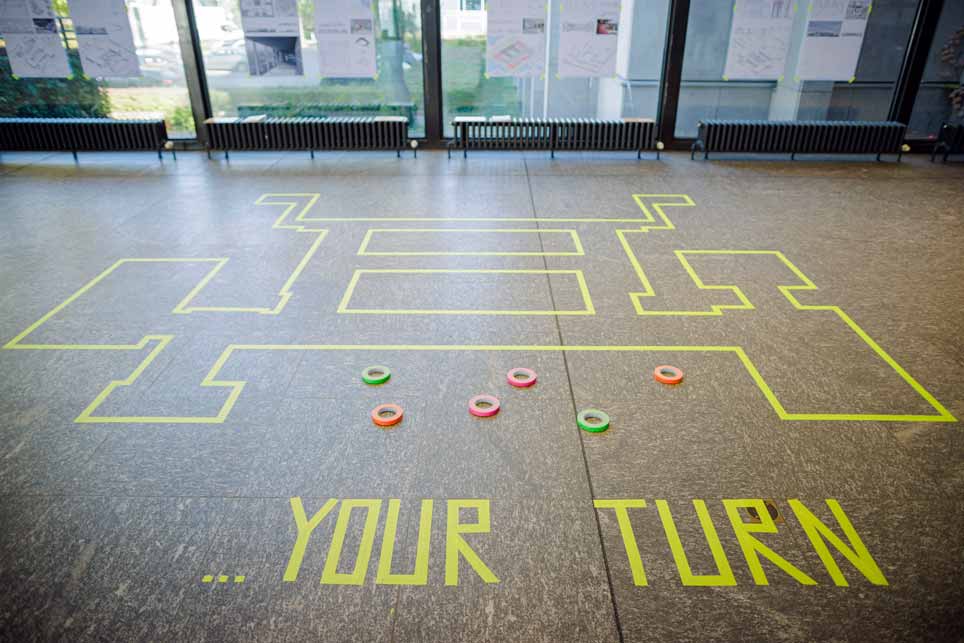What is the longest that paper can last and what is the greatest threat to it? How does a paper-washing machine work? What do you do with red wine stains on a medieval illuminated manuscript? Ingrid Kohl, the head of the preservation department of the Geheimes Staatsarchiv Preussischer Kulturbesitz, answers your questions about paper restoration.
What is the longest that paper can last and what is the greatest threat to it?
Ingrid Kohl: As an organic material, paper is subject to natural aging processes. The speed at which they take place depends on the climatic conditions. There are several factors that speed up aging significantly. Paper that was manufactured between 1850 and 1990 is relatively short-lived; it deteriorates more quickly than other kinds of paper owing to acidification. To understand how this takes place, you have to look more closely at paper as a material. The bulk of the matter contained in paper is cellulose: a long molecular chain that is stable if the raw material used to make it consists of pure cellulose. This is the case with old paper of the kind known as rag paper. This paper was made of cloth rags and thus contained long cellulose molecules from fibers of hemp, flax, or linen. As industrialization took hold and the demand for paper skyrocketed, there were no longer enough rags to meet the demand, so manufacturers turned to wood, which was available in large quantities, as a raw material for extracting cellulose to make paper. The cellulose molecules obtained from wood pulp are much shorter, from the outset, than those from rags. In addition to that, new substances were used for the filler ("sizing") applied to make paper less absorbent – and these form sulfuric acid as they age. The presence of this very strong acid speeds up the natural aging of the paper, which is already inferior on account of its structure. Given the boom in the mass production of paper from 1850 onwards, this presents archives and libraries today with a never-ending problem.

© GStA PK
Another widespread threat to paper comes from microorganisms. Mold can form on paper if it is stored under unsuitable conditions, if the environment is constantly humid and warm, and if it comes into direct contact with water. Mold is not only bad for our own health; it can also damage the substance of paper if it is allowed to stay active for long.
How long paper lasts therefore depends very much on the type of paper and on the conditions under which it is stored. The aging process can be slowed down significantly by having a storage facility with a stable climate and good hygiene, together with packaging that remains chemically stable for a long time. As remedial measures, there are deacidification processes for counteracting paper degradation: these neutralize the acid in the paper and protect it against the formation of new acid for a while by creating an alkaline reserve or buffer.
How does a paper-washing machine work?
Kohl: To be honest, I've heard about paper-washing machines, but I've never seen one myself. There is, however, a way of ‘washing’ large quantities of paper at once. We refer to it as wet treatment: it removes dirt, stains, and the products of degradation from the paper with the help of warm water and it restores the paper's structural strength - a kind of wellness bath for paper. There is no machine as such - instead the paper is watered with the help of sieve bags suspended in large basins.
Some time ago, the press in Austria described a new technique developed at Krems as a "washing machine" for books, but in fact it is a deacidification process (as I described earlier) that does not use water as a solvent.
What do you do with red wine stains on a medieval illuminated manuscript?
Kohl: Preferably nothing at all. Because if there really is some kind of red wine stain on a medieval illuminated manuscript, then it is very probably old and therefore part of the object's history. Nowadays no one would sit down with a glass of red wine over a medieval illuminated manuscript!
